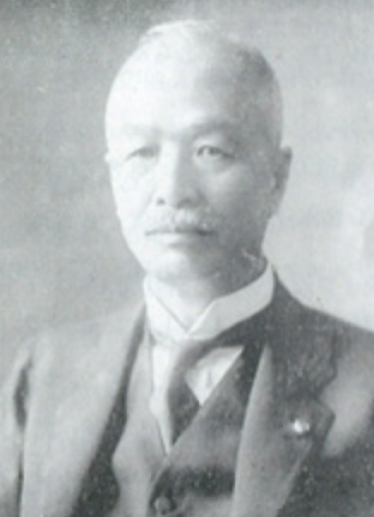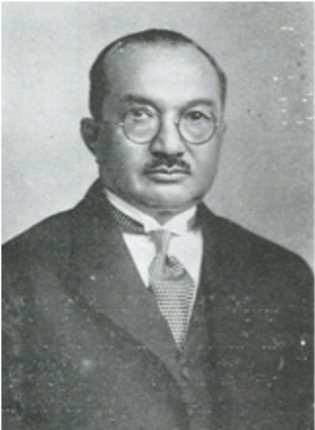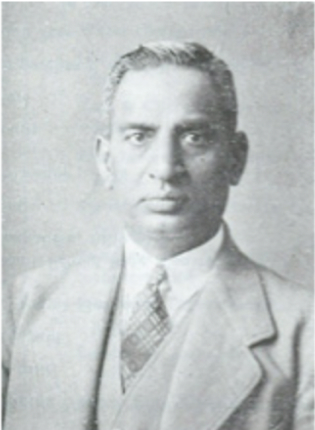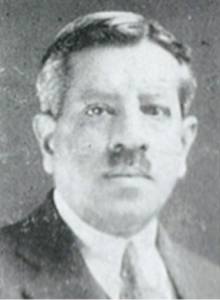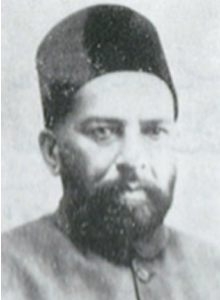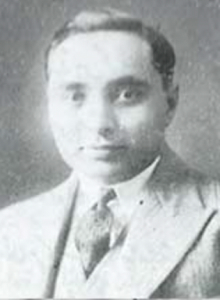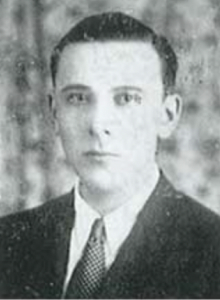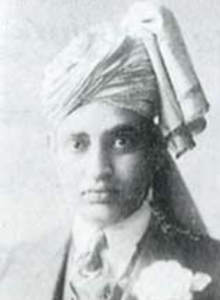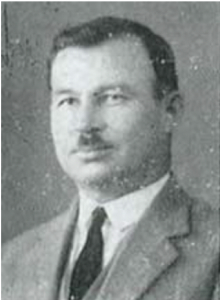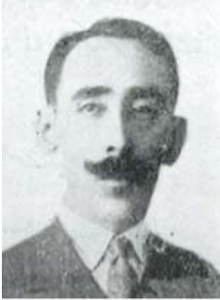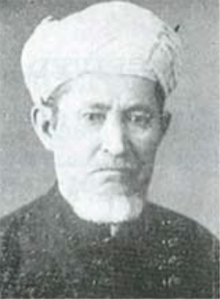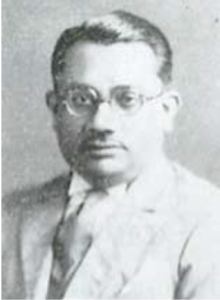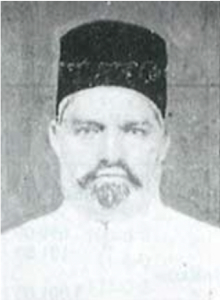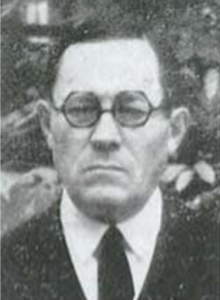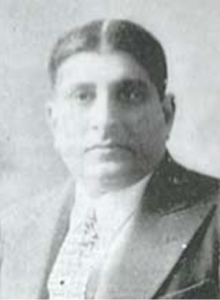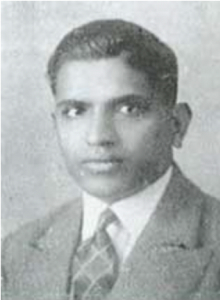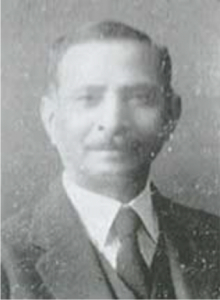私たちについて
History of Kobe Muslim Mosque
Kobe Masjid (神戸モスク, Kōbe Mosuku), also known as Kobe Muslim Masjid (神戸ムスリムモスク) was founded in October 1935 in Kobe with the donations from religious believers. Kobe Mosque has a rich history and is the oldest mosque in Japan. Its construction was funded by donations collected by the Islamic Committee of Kobe from 1928 until its opening in 1935. The dedication ceremony was held on 2 August of the same year, and the first Friday prayer was held at this mosque. Afterwards, on 11 October 1935, a celebration was held at the former Tor Hotel with approximately 600 guests.

The mosque features a distinct minaret and dome, characteristic of Islamic architectural styles. It was designed by Czech architect Jan Josef Švagr, who incorporated both Islamic and Japanese elements in the mosque's design. During World War II, the Kobe Mosque suffered damage due to bombings. However, it survived the war and continued to serve as a place of worship for the Muslim community.
Today, the Kobe Mosque stands as a symbol of Japan's multiculturalism and the peaceful coexistence of various religious and cultural backgrounds in the country.

